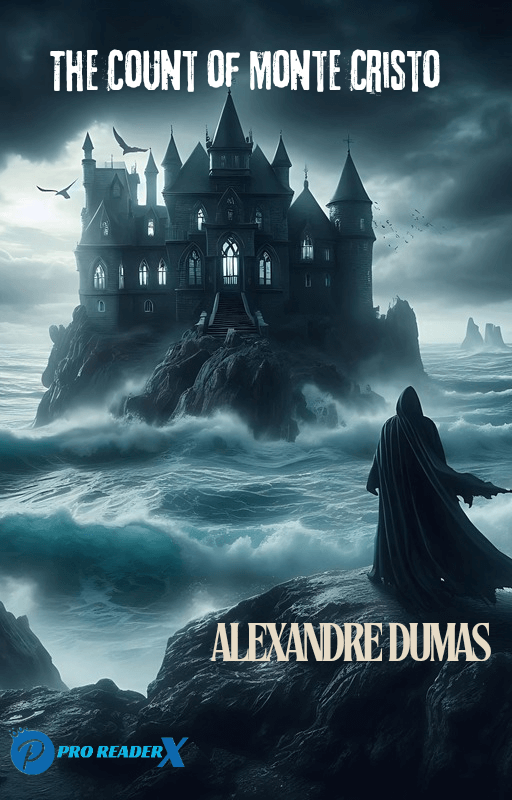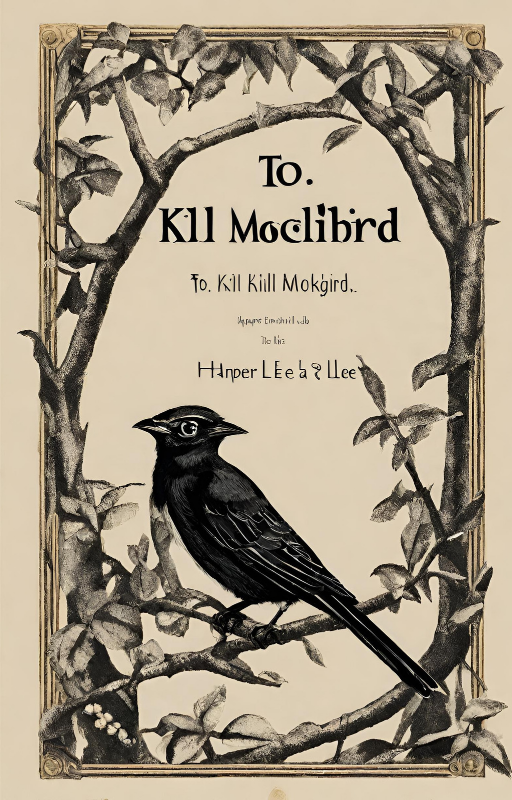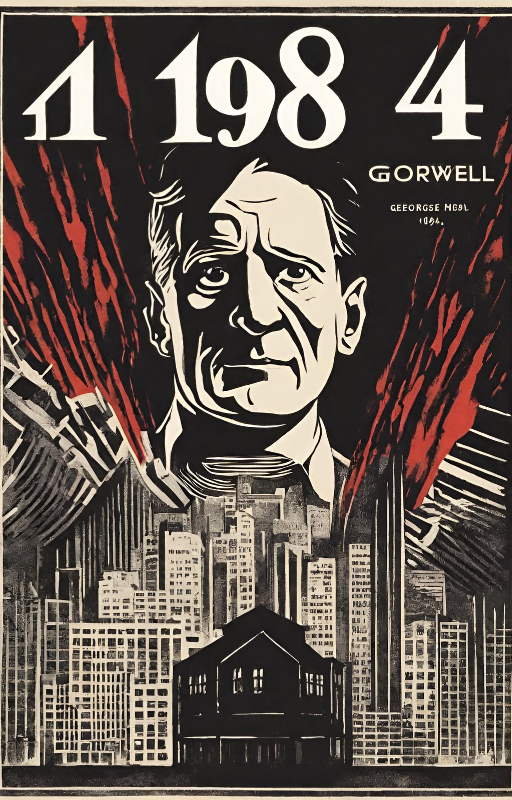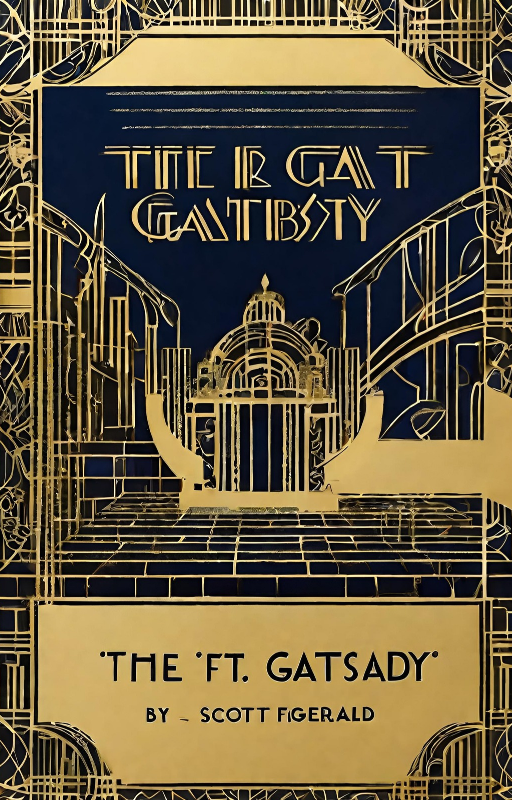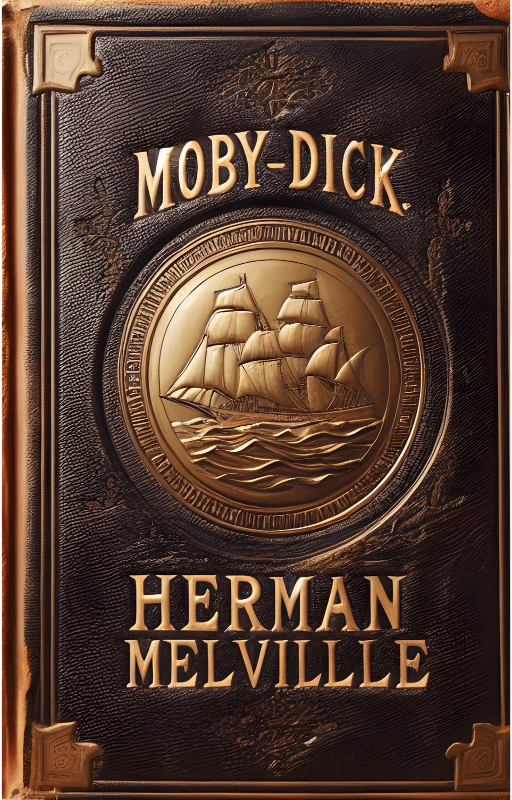Introduction
Hey there, book lover! Have you ever picked up a classic and felt a mix of excitement and intimidation? If so, you’re in good company. Today, we’re diving into one of the most thrilling tales ever written: “The Count of Monte Cristo” by Alexandre Dumas. Buckle up because this summary will whisk you through a whirlwind of adventure, betrayal, revenge, and redemption.
The Genesis of The Count of Monte Cristo
Alexandre Dumas – The Mastermind
Before we get into the nitty-gritty, let’s tip our hats to the genius behind this masterpiece. Alexandre Dumas, a French writer born in 1802, is known for his flair for drama and adventure. His vibrant storytelling has given us timeless works like “The Three Musketeers” and, of course, “The Count of Monte Cristo.” His knack for creating complex characters and intertwining plots keeps readers on the edge of their seats.
Historical Context
Published in 1844, “The Count of Monte Cristo” is set during the tumultuous years following the fall of Napoleon. This period of French history, rife with political intrigue and social upheaval, serves as the perfect backdrop for Dumas’s tale of revenge and justice.
Main Characters
Edmond Dantès
Our hero, Edmond Dantès, is a young, honest, and hardworking sailor. At the novel’s start, he’s brimming with hope and on the cusp of a promising future.
Mercedes
Mercedes is Dantès’s beautiful and loyal fiancée. Her love for Edmond is pure, but fate has cruel twists in store for her.
Fernand Mondego
Fernand is Edmond’s rival in love and one of his main betrayers. His envy and ambition lead him down a dark path.
Danglars
Danglars, the ship’s treasurer, is driven by greed and jealousy. He’s instrumental in framing Edmond.
Villefort
Villefort, a prosecutor with political aspirations, will stop at nothing to protect his secrets, even if it means destroying an innocent man.
Plot Summary
The Rise of Edmond Dantès
At the story’s outset, life couldn’t be better for Edmond Dantès. He’s just been promoted to captain and is about to marry his beloved Mercedes. But as we know, happiness in literature often precedes catastrophe.
The Fall from Grace
Betrayal and Imprisonment
On the eve of his wedding, Edmond is betrayed by those he trusted. Fernand, Danglars, and Villefort conspire to have him falsely accused of treason. The naive Edmond is arrested and thrown into the infamous Château d’If, a grim fortress from which no one escapes.
The Château d’If
In prison, Edmond meets Abbé Faria, an old priest who becomes his mentor. Faria reveals the location of a hidden treasure on the Isle of Monte Cristo, setting Edmond on a path to unimaginable wealth and a burning desire for vengeance.
The Transformation
The Treasure of Spada
After years of plotting, Edmond escapes the Château d’If. He retrieves the treasure, transforming himself into the wealthy and enigmatic Count of Monte Cristo.
Becoming the Count of Monte Cristo
With his new identity, Edmond crafts an elaborate plan to punish those who wronged him. His transformation from a naive sailor to a sophisticated and cunning aristocrat is nothing short of mesmerizing.
The Revenge
Danglars’ Downfall
Edmond targets Danglars first, orchestrating his financial ruin. The once prosperous banker is reduced to a state of despair.
Fernand’s Ruin
Fernand, now a count himself, is exposed as a traitor and coward. His downfall is a mix of public disgrace and personal tragedy.
Villefort’s Destruction
Villefort’s demise is the most dramatic. His deep-seated corruption is laid bare, leading to a harrowing unraveling of his family and sanity.
Resolution
As his revenge reaches its climax, Edmond grapples with the morality of his actions. He realizes that vengeance has consumed him, costing him his happiness and peace. In a poignant conclusion, he seeks redemption and forgives those who have wronged him, finding solace in the possibility of a new beginning.
Themes and Symbols
Revenge
Revenge is the novel’s driving force. Dumas explores its intoxicating allure and devastating consequences, showing how it can consume one’s soul.
Justice and Injustice
The thin line between justice and vengeance is a central theme. Edmond’s quest raises questions about morality and the true nature of justice.
Transformation and Identity
Edmond’s journey from innocence to experience, from Edmond Dantès to the Count of Monte Cristo, highlight’s themes of transformation and the fluidity of identity.
Symbols
The Château d’If symbolizes suffering and imprisonment, while the treasure represents hope, power, and the means for transformation.
The Count of Monte Cristo’s Legacy
Literary Impact
The novel’s complex plot and rich characterizations have influenced countless works of fiction. Its themes of betrayal, revenge, and redemption resonate across generations.
Adaptations
“The Count of Monte Cristo” has inspired numerous adaptations in film, television, and theater, each bringing a new perspective to Dumas’s timeless tale. From classic films to modern TV series, the story continues to captivate audiences worldwide.
Conclusion
“The Count of Monte Cristo” isn’t just a story; it’s a journey through the highs and lows of human experience. Dumas’s masterful narrative takes us from the depths of despair to the heights of triumph, all while exploring the complexities of the human spirit. If you haven’t read it yet, dive in and experience the adventure for yourself. Trust me; it’s a ride you won’t forget.
FAQs
01.What inspired Alexandre Dumas to write The Count of Monte Cristo?
Dumas was inspired by a true story he found in a police archive about a shoemaker who was wrongfully imprisoned, discovered a treasure, and took revenge on those who betrayed him.
02.Who are the main antagonists in the story?
The main antagonists are Fernand Mondego, Danglars, and Villefort, all of whom conspire to imprison Edmond Dantès.
03.How does Edmond Dantès change throughout the novel?
Edmond transforms from an innocent, naive sailor into the sophisticated and vengeful Count of Monte Cristo, ultimately seeking redemption by the novel’s end.
04.What are some major themes in The Count of Monte Cristo?
Major themes include revenge, justice and injustice, transformation, and the fluidity of identity.
05.Are there modern adaptations of The Count of Monte Cristo?
Yes, there are numerous modern adaptations, including films, TV series, and even a Japanese anime, each interpreting the story in unique ways.
